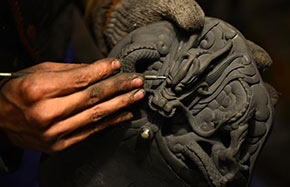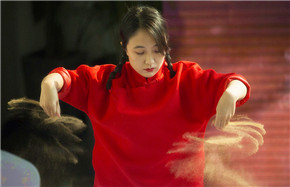Ancient music comes to life at conference
By Mu Qian ( China Daily ) Updated: 2013-07-26 11:12:03The Chinese bili flute, Korean hyeongeum zither and Japanese shamisen lute have come together to create a convivial scene in Music from the Tang Court, a new work composed by Ye Guohui.
Together with Shanghai Philharmonic Orchestra, soloists from different countries premiered the work before delegates from all over the world, who were in Shanghai to attend the 42nd World Conference of the International Council for Traditional Music.
Using the melody of Wine-Puppet, a tune from the Tang Dynasty (618-907) that Ye recovered through his research of scores from different sources, Ye realized his dream of recreating ancient Chinese music.
For something more modern, the Shanghai Conservatory of Music, host of the ICTM conference, presented a concert of the "old songs of Shanghai", China's early popular music that developed in Shanghai between the 1920s and 1940s. Songs such as Shanghai in Night and Wondering Alme were performed by local musicians.
"It is very common that traditional music takes many different shapes and forms and is always changing," says J. Lawrence Witzleben, program chair of the 42nd World Conference of ICTM and a professor of ethnomusicology with the University of Maryland. "It is very much part of ICTM to study traditional music in the modern world, as well as music history."
Founded in 1947, ICTM is a non-governmental organization connected with UNESCO, which aims to promote the study, practice, documentation, preservation and dissemination of traditional music.
ICTM holds its world conference every two years, and this year's conference in Shanghai attracted 550 delegates from 56 countries and regions, making it the biggest in ICTM's history.
"Shanghai has rich traditional music resources such as silk and bamboo music and Shanghai Opera, and at the same time it is one of the first places for Western classical music to reach East Asia," says Xu Shuya, president of Shanghai Conservatory of Music. "I believe the World Conference of ICTM provides a good opportunity for international scholars to know more about Shanghai and China."
Topics at the conference covered various aspects of traditional music, including "Chinatown Theaters of North America in the 1920s" and "State-sponsored 'Ethnic' Orchestras and Multicultural Policy in Singapore". There were also papers about popular music such as "World Music in China".
"I think popular music is the contemporary folk music," says Xiao Mei, a professor of ethnomusicology with Shanghai Conservatory of Music and an executive board member of ICTM. "Chinese popular music represents a large community of people and deserves more study."
Popular music is part of the research of ethnomusicology at the Shanghai conservatory, which has become more international in recent years.
"I'm glad to see that the young generation of Chinese scholars has a much more international vision," Xiao says.
Compared to the 37th World Conference of ICTM which was held in 2004 in Fuzhou and Quanzhou in Southeast China's Fujian province, this year's conference saw many more Chinese scholars presenting in English, Xiao says.
The scope of Chinese scholars has also become wider. At the ICTM conference in Shanghai there were papers by Chinese scholars about music of India, Korea and African countries.
"People from many other places can learn what the Chinese scholars are doing, and people in China can hear about what these scholars from all over the world are doing," Witzleben says. "Maybe in every country the situation of traditional music is different, but through the conference you can get a lot of new ideas."
| East sounds West | Festival of dreams |
|
|
|
|
|
|
|
|

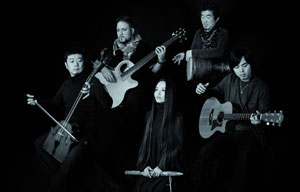

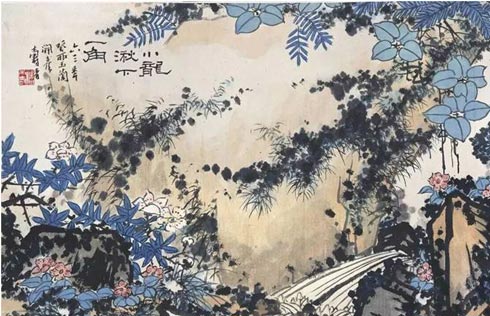
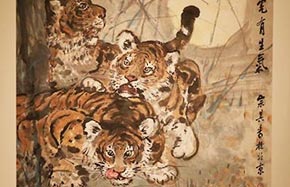
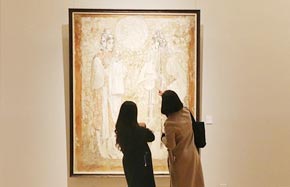
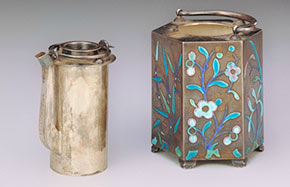
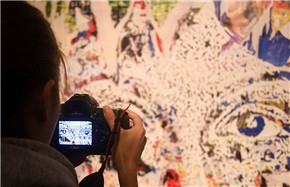













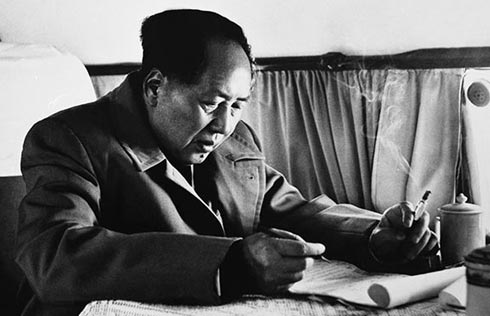

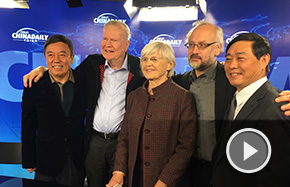
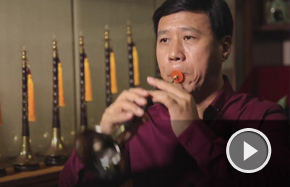

 Raymond Zhou:
Raymond Zhou: Pauline D Loh:
Pauline D Loh: Hot Pot
Hot Pot Eco China
Eco China China Dream
China Dream China Face
China Face
